Our Adventures in France
Thick fog added to the excitement of our road trip this morning. When the church bells rang at 7am we couldn't see more than 10 metres in front of our cottage.
After passing the Canal de Bourgogne on our travels yesterday we were very interested in watching the boats navigate the locks. Pouilly-en-Auxois was close to home and is apparently the highest point of this canal. We were hoping to watch the first boats of the day travel through the lock in Pouilly, but the thick fog had other plans.
Roman Ruins
Alesia and Semur -en -Auxois
Thick fog added to the excitement of our road trip this morning. When the church bells rang at 7am we couldn't see more than 10 metres in front of our cottage.
After passing the Canal de Bourgogne on our travels yesterday we were very interested in watching the boats navigate the locks. Pouilly-en-Auxois was close to home and is apparently the highest point of this canal. We were hoping to watch the first boats of the day travel through the lock in Pouilly, but the thick fog had other plans.
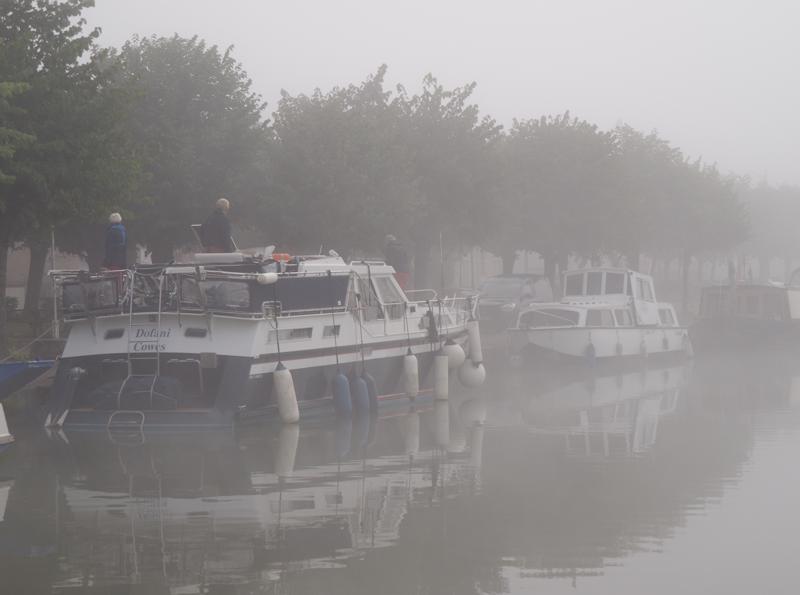
Luckily Navgirl was on her best behaviour and directed us through the fog on fairly reasonable roads to Alesia and a very interesting history lesson. Ian had been looking forward to visiting the Roman ruins which I found intriguing given his dislike of most things "ruined" during our last overseas visit.
Wikipedia tells us Alesia is best known for being the site of the critical Battle of Alesia in 52 BC that marked the defeat of the Gauls (french) lead by Vercingetorix, by Julius Caesar and his Roman army. The battle's outcome determined the fate of all of Gaul: in winning the battle, the Romans won both the Gallic Wars and dominion over Gaul.
Most interestingly though was the enormous measures taken during the battle: in only six weeks, Caesar's troops built a ring of fortifications 15 km long around Alesia and an additional ring 21 km long around that to stop reinforcements (around 250,000 men according to Caesar) from reaching the Gauls. After being conquered by Caesar, Alesia became a Gallo-Roman town. It featured a town centre with monumental buildings such as temples, a forum and a even a theatre. There was remains of most of these
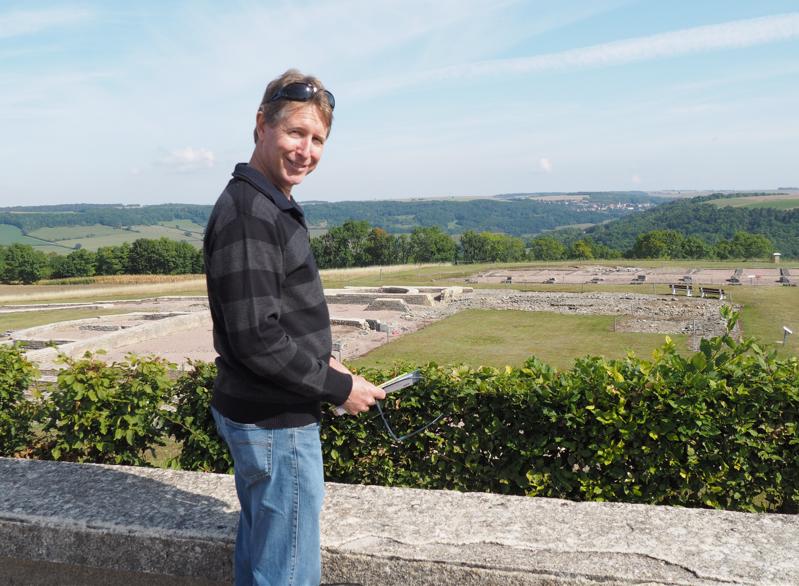
structures. Archiologists have also excavated a three story house. It was pretty impressive to say the very least.
Just a little way down the hill from the ruins there was a huge seven metre tall statue of Vercingetorix, the dude whose army was beaten by Julius Caesar in Alesia. We wondered for a while why this guy, who not only lost the greatest battle of his life but also lost the entire country to Julius Caesar, had a massive monument dedicated to him. Yay for the french encouraging participation. On further research we found this:
The Vercingetorix Monument (1865) is a statuary monument dedicated to the Gaulish chieftain Vercingetorix, defeated by Julius Caesar in the Gallic Wars. The monument was commissioned by Emperor Napoleon III in 1865 . He erected the statue to commemorate Vercingetorix as a symbol of Gallic nationalism Revered in France as its first national hero, Vercingetorix managed to unite several sovereign Celtic tribes to do battle against the aggressive Romans.
Now before you think ," oh how lovely was Napoleon for doing such a sweet thing...", get this. The statue's face is not that of Vercingetorix, it is actually modeled after Napoleon himself. Hilarious!
The inscription on the statue:
Gaul united,
Forming a single nation
Animated by a common spirit,
Can defy the Universe.
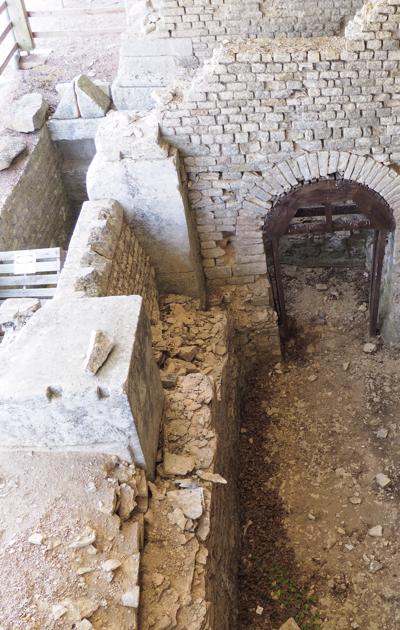
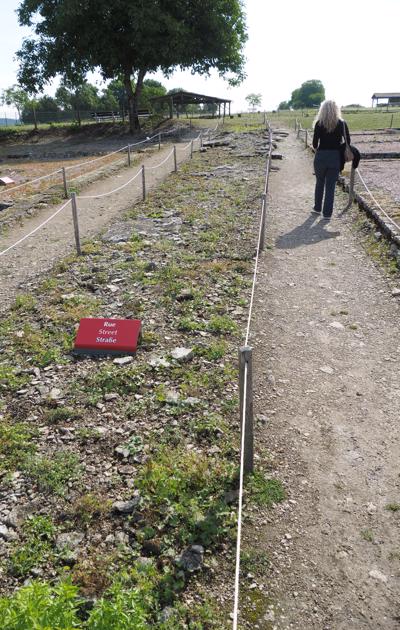

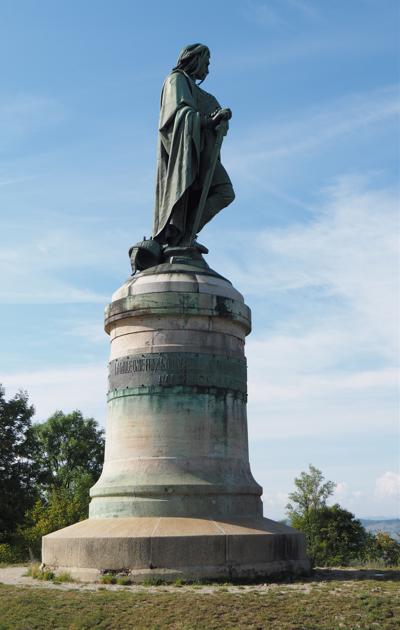
FUN FACT: The French are serious about eating. Nowhere is this more evident than at lunchtime, when the entire nation sits down for a proper meal. Over 95% of French people do this. Stores and doctor’s offices close even some restaurants. No one answers the phone. The mid-day meal is sacred.
Our search for the elusive midday meal lead us to Semur-en-Auxois, a town big enough, we hoped, to have restaurants open for lunch on a Sunday. We parked the car and walked a cobble stoned archway into market square filled with shops and people enjoying a wine or beer with their Sunday lunch. We were so excited ... we get to eat lunch today.
Semur is a rather large (compared with the ones we have seen so far -population 5000) fortified town built on pink granite. It has some quaint old buildings, ramparts and spectacular views. We had a walk around before heading home and preparing for our trip to the Alps tomorrow.
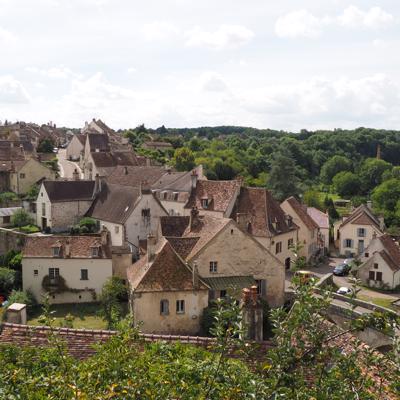
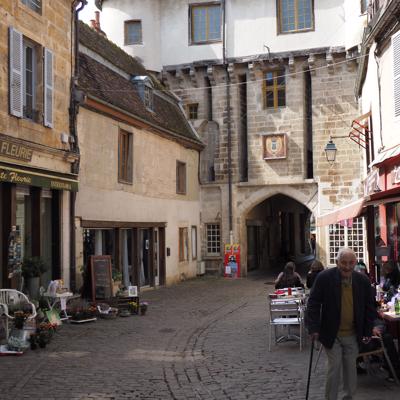
1.
Roissy, Paris
2.
Walking in the footsteps of Johnny Depp
3.
Beaune and the Beautiful Hilltop Village of Chateaneuf
4.
Roman Ruins
5.
From the vineyards to the Alps
6.
Exploring the Old City
7.
Sculptures in the volcanoes
8.
The remains of War
9.
Bliss in the Mountains
10.
Beautiful Medieval Villages
11.
Exploring Sarlat
12.
The Dordogne Valley
13.
Canal du Midi
14.
The French Riviera
15.
Gulfe Juan
16.
Antibes and the Picasso Museum
17.
Just Chillin' in Juan-les-pins
18.
Smuggler's Cove
19.
Paris here we come
20.
Rue Cler and the Champs Elysees
21.
Lunch at the Palace
22.
Chocolate and Perfume
23.
My Paris
24.
Homeward Bound
Share your travel adventures like this!
Create your own travel blog in one step
Share with friends and family to follow your journey
Easy set up, no technical knowledge needed and unlimited storage!
© 2025 Travel Diaries. All rights reserved.